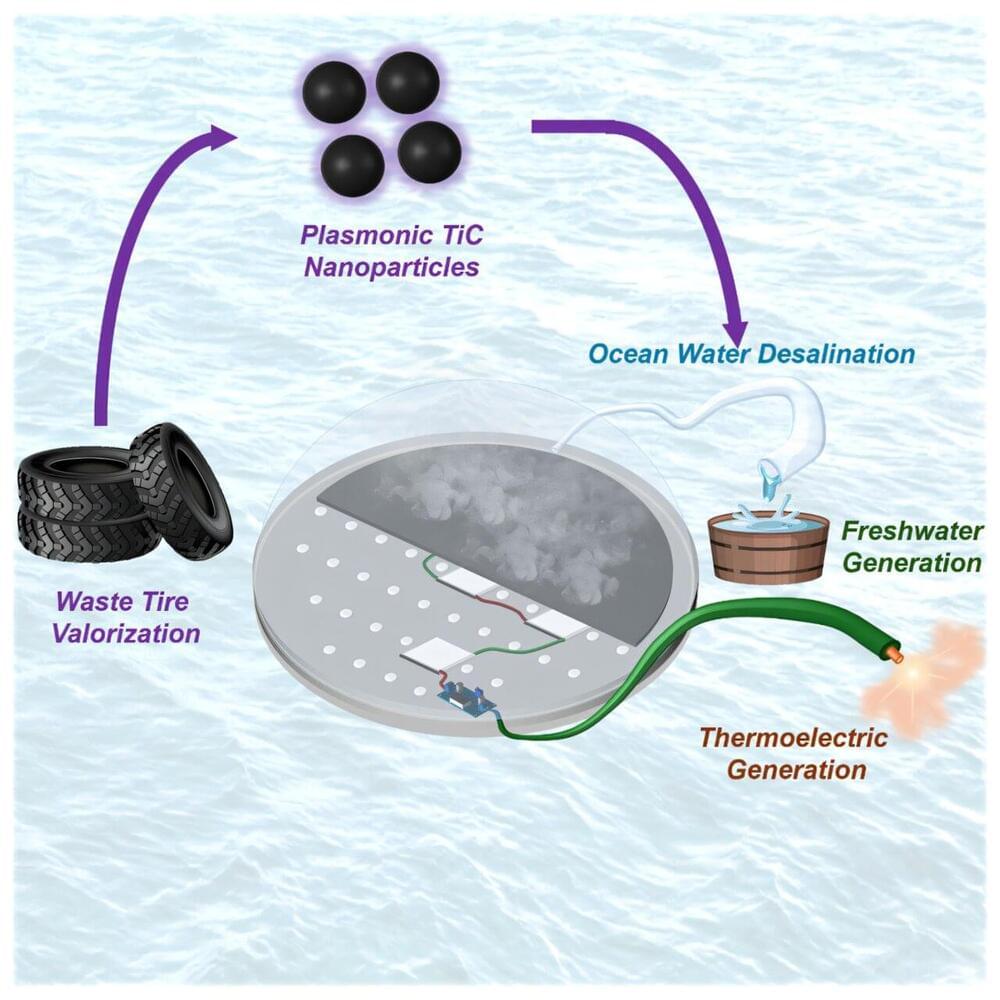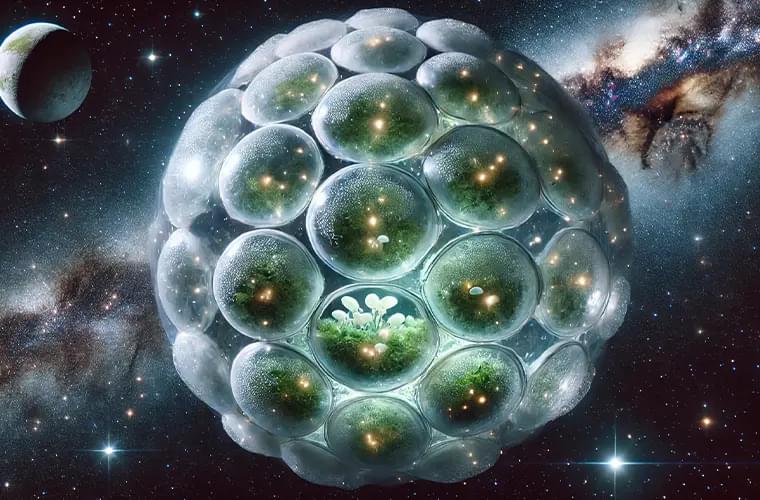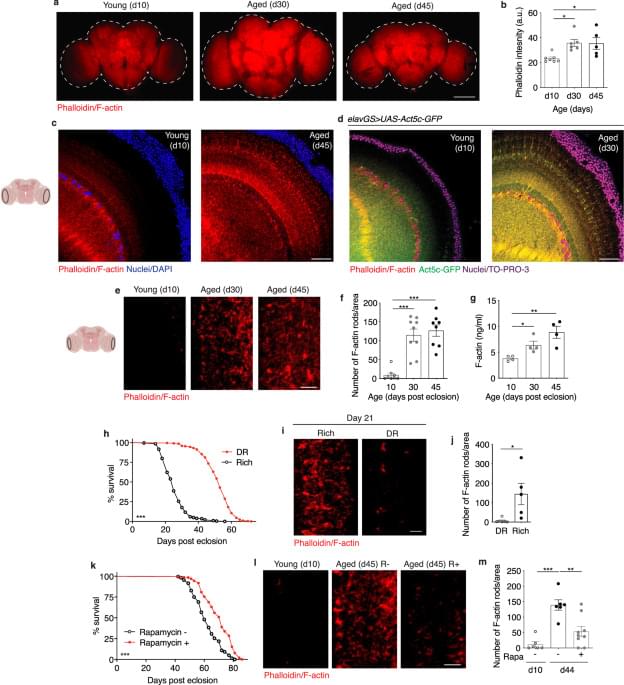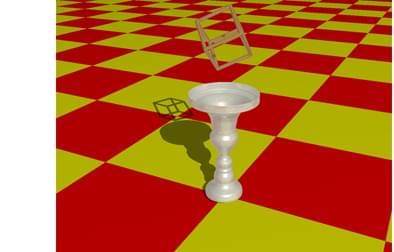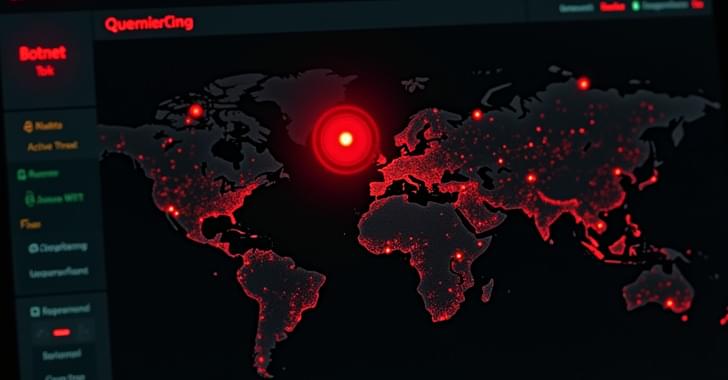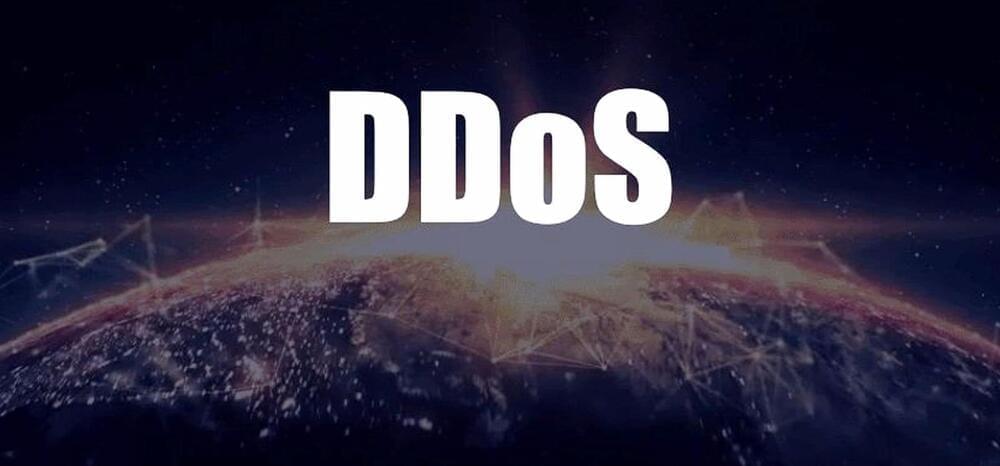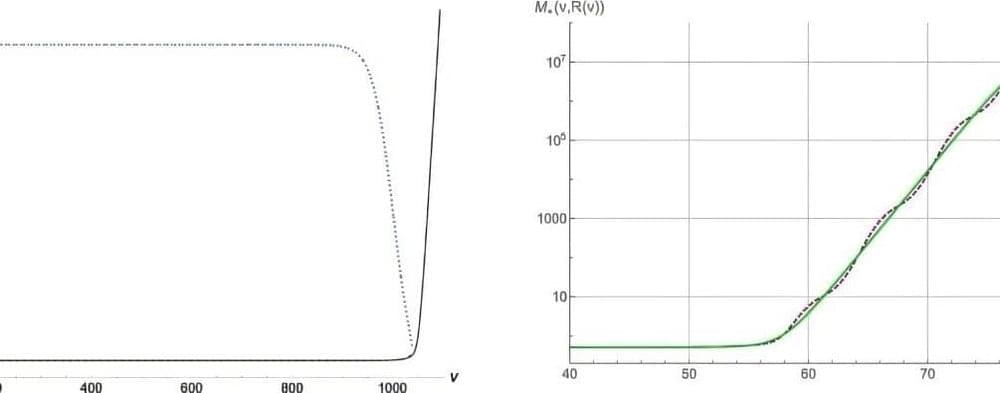Cause and effect. We understand this concept from an early age. Tug on a pull toy’s string, and the toy follows. Naturally, things get much more complicated as a system grows, as the number of variables increases, and as noise enters the picture. Eventually, it can become almost impossible to tell whether a variable is causing an effect or is simply correlated or associated with it.
